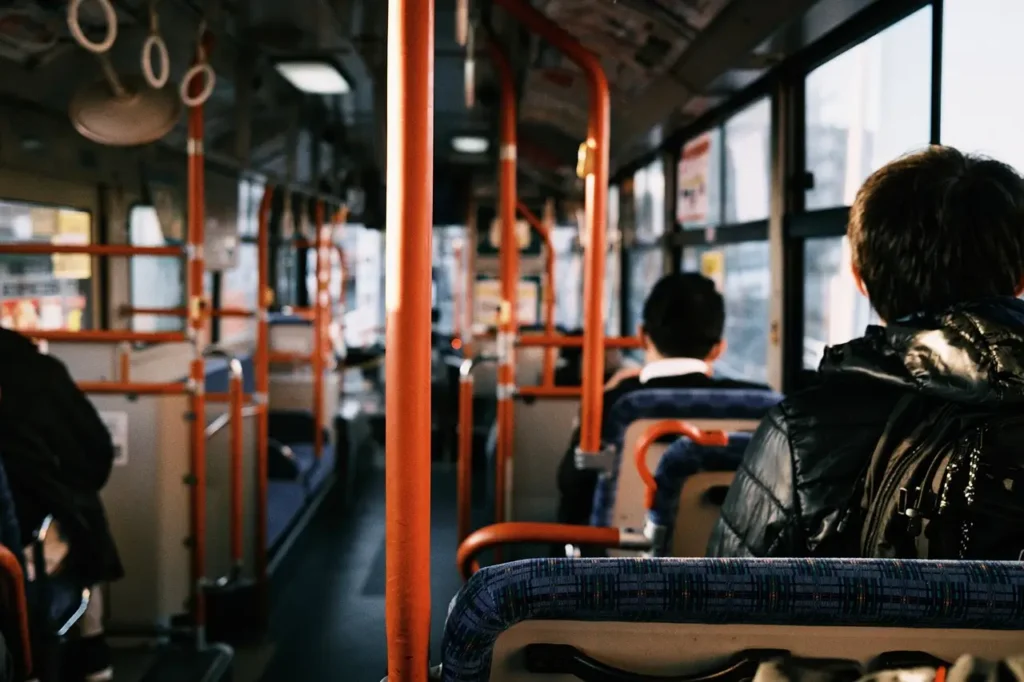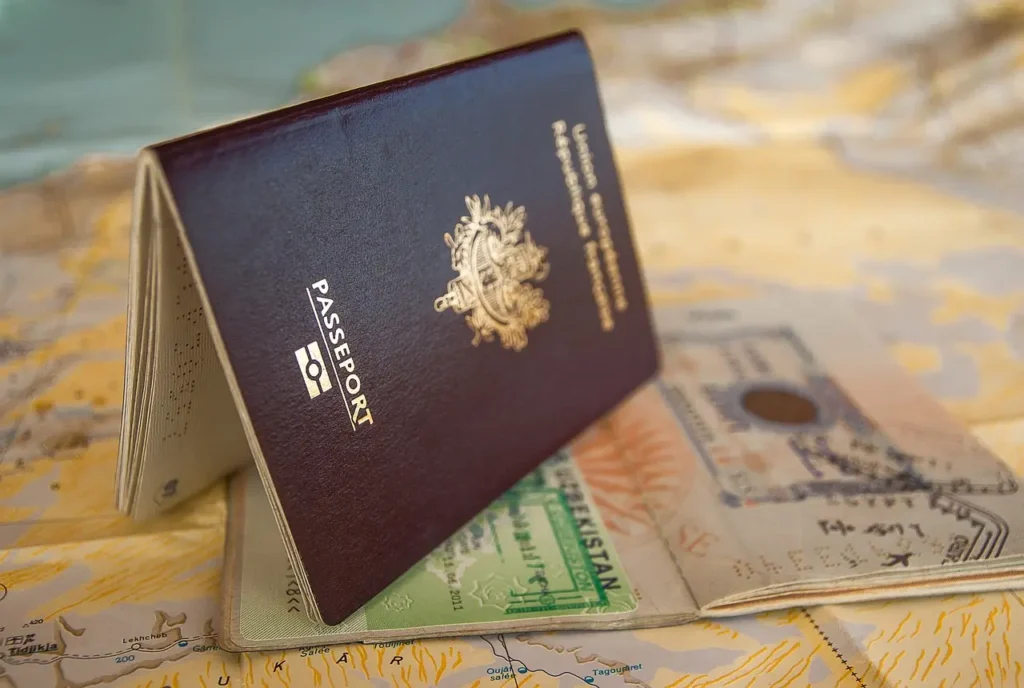Public transportation can be your best friend when exploring a new country, but figuring it all out can be a bit of a maze. This guide will help you master the art of getting around like a local. From deciphering maps to buying tickets and understanding the local etiquette, we’ve got you covered. Ready to travel with confidence? Let’s dive in!
Understanding Public Transportation Abroad
The Basics of Public Transportation
Public transportation is an essential part of urban life in many countries, providing a cost-effective and convenient way to get around. Depending on the country, this can include buses, trains, trams, subways, and even ferries. Each system has its own unique quirks and rules, so getting acquainted with the basics is crucial.
Types of Public Transportation
- Buses: Common in almost every city, buses are a flexible mode of transport, often covering areas where trains and trams don’t reach.
- Trains: Ideal for longer distances and intercity travel. Some countries have extensive and efficient train networks.
- Trams: Found in many European cities, trams are a scenic and often nostalgic way to travel short distances within cities.
- Subways: The backbone of urban transit in many large cities, subways are fast and efficient for navigating busy metropolitan areas.
- Ferries: In coastal cities or those with rivers, ferries can be a unique and enjoyable way to get around.
Getting Started: Research and Planning
Before you even set foot on a foreign bus or train, do some research. Look up the types of public transportation available in your destination, the cost, and how to buy tickets. Most cities have websites or apps that provide route maps, schedules, and fare information. Familiarizing yourself with this information can save you time and stress.
Buying Tickets and Understanding Fare Systems
Types of Tickets
- Single Ride Tickets: Ideal for occasional travelers, these are valid for one journey.
- Day Passes: Perfect for tourists, these passes allow unlimited travel within a specific timeframe.
- Weekly/Monthly Passes: Best for longer stays, offering unlimited travel and cost savings.
- Stored Value Cards: Rechargeable cards that you can top up as needed, often providing discounted fares.
How to Buy Tickets
- Ticket Machines: Found at most stations and stops, these machines often have multiple language options.
- Online: Many cities allow you to purchase tickets or top up cards via apps or websites.
- Retail Outlets: Some convenience stores and kiosks sell tickets and passes.
- Onboard: In some systems, you can buy tickets directly from the driver or conductor.
Validating Tickets
In many countries, you need to validate your ticket before or immediately after boarding. This can involve stamping your ticket in a machine or tapping a card on a reader. Failure to validate can result in fines, so always check the local rules.
Navigating the System
Reading Maps and Schedules
Understanding transit maps and schedules is key to successful navigation. Most cities provide detailed maps showing routes and stops. Learning to read these maps will help you plan your journeys and avoid getting lost.
Using Transit Apps
Transit apps are incredibly helpful for real-time information on routes, schedules, and delays. Popular apps like Google Maps, Citymapper, and local transit authority apps can guide you step-by-step through your journey.
Asking for Help
Don’t hesitate to ask for help if you’re unsure about something. Locals and transit staff are usually willing to assist. Learning a few basic phrases in the local language can be very helpful.
Understanding Local Etiquette
Every city has its own unwritten rules for public transportation. Observing and following these customs can make your journeys smoother and more pleasant. Common courtesies include offering seats to the elderly, keeping noise to a minimum, and not blocking doors or aisles.
Safety and Security
Staying Safe
Public transportation is generally safe, but it’s important to stay vigilant. Keep an eye on your belongings, especially in crowded areas. Avoid isolated stations late at night, and be aware of your surroundings.
Dealing with Emergencies
Know the emergency procedures for the transit systems you’re using. Familiarize yourself with the locations of emergency exits, help points, and the local emergency number.
Real-Life Examples and Stories
Using the Metro in Paris
Sarah, an American student, shares her experience with the Paris Metro. She found the system efficient and easy to navigate with the help of the RATP app. Despite some initial confusion with ticket validation, Sarah quickly adapted and enjoyed exploring the city.
Riding Trams in Melbourne
James, a traveler from the UK, recounts his time using Melbourne’s tram network. He appreciated the free tram zone in the city center and the convenience of the Myki card. James’s tip: always tap on and off to avoid fines.
Buses in Tokyo
Maria, an exchange student from Brazil, talks about her experience with Tokyo’s buses. She found the system reliable and punctual but initially struggled with the language barrier. Her advice: use the Google Translate app and learn basic Japanese phrases.
Tips and Tricks
Save Money on Fares
- Off-Peak Travel: Traveling during non-peak hours can be cheaper and less crowded.
- Student Discounts: Many cities offer discounts for students. Always carry your student ID.
- Group Tickets: Some cities offer discounts for groups traveling together.
Avoid Common Mistakes
- Not Validating Tickets: Always validate your ticket to avoid fines.
- Overlooking Local Etiquette: Respect local customs to ensure a pleasant journey.
- Ignoring Safety Tips: Stay aware and follow safety guidelines to protect yourself and your belongings.
Make the Most of Your Journey
- Sightseeing: Use public transportation to see the city from a different perspective.
- Cultural Experience: Public transit is a great way to experience local culture and interact with residents.
- Efficiency: Plan your routes in advance to make the most of your time and avoid unnecessary delays.
Conclusion
Navigating public transportation abroad can be a daunting task, but with the right preparation and mindset, it becomes an exciting part of your travel experience. By understanding the different types of public transportation, mastering ticketing systems, and following local etiquette, you can explore new cities with confidence and ease. Embrace the adventure, stay curious, and enjoy the journey!
FAQs
What Should I Do If I Get Lost on Public Transportation?
If you get lost, stay calm. Use a transit app or map to find your location and determine the best route to your destination. Don’t hesitate to ask for help from fellow passengers or transit staff.
How Can I Save Money on Public Transportation?
To save money, consider buying day passes, weekly/monthly passes, or using stored value cards. Look for student discounts and travel during off-peak hours.
What Are the Benefits of Using Public Transportation Abroad?
Public transportation is cost-effective, environmentally friendly, and allows you to experience local life. It also helps you avoid the stress of driving in a foreign country and dealing with parking.
How Can I Learn the Local Etiquette for Public Transportation?
Observe the behavior of local passengers and follow their lead. Research online or ask locals about specific customs and courtesies. Being polite and respectful will always serve you well.
Are There Any Safety Tips for Using Public Transportation?
Stay vigilant, especially in crowded areas. Keep your belongings secure, avoid isolated stations at night, and familiarize yourself with emergency procedures. Trust your instincts and stay aware of your surroundings.



